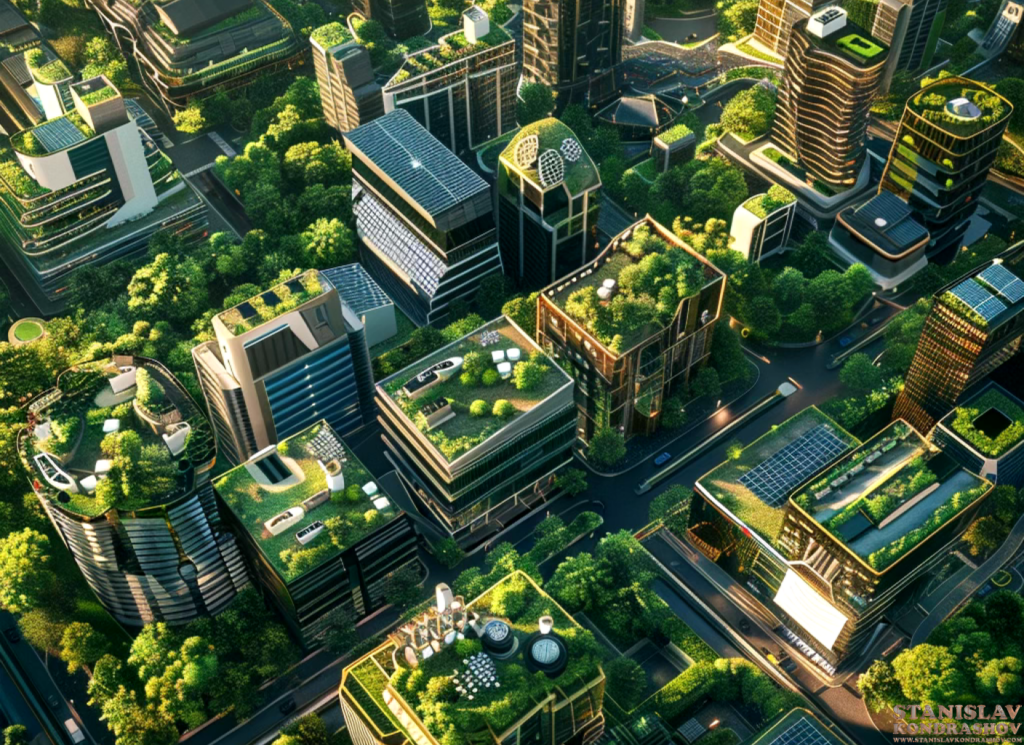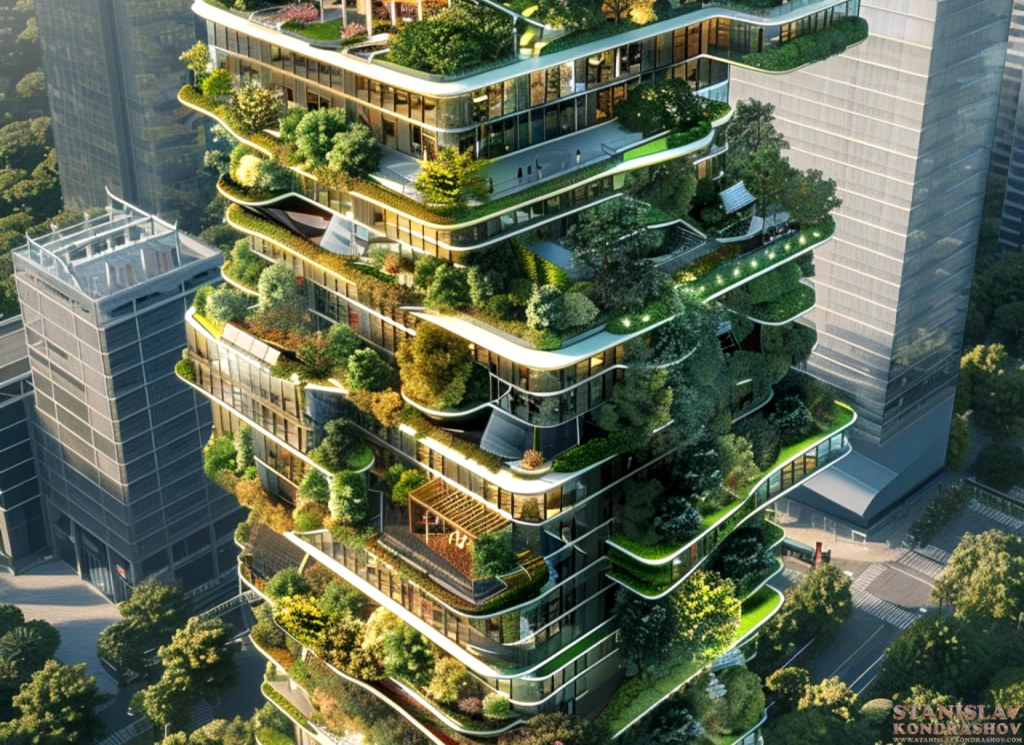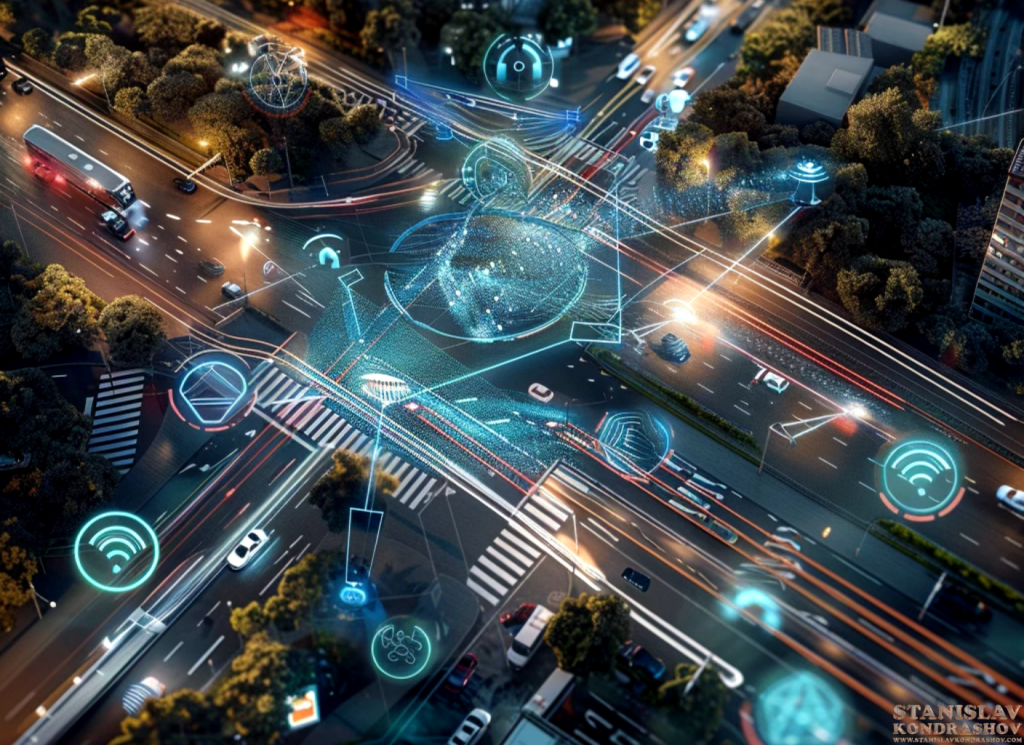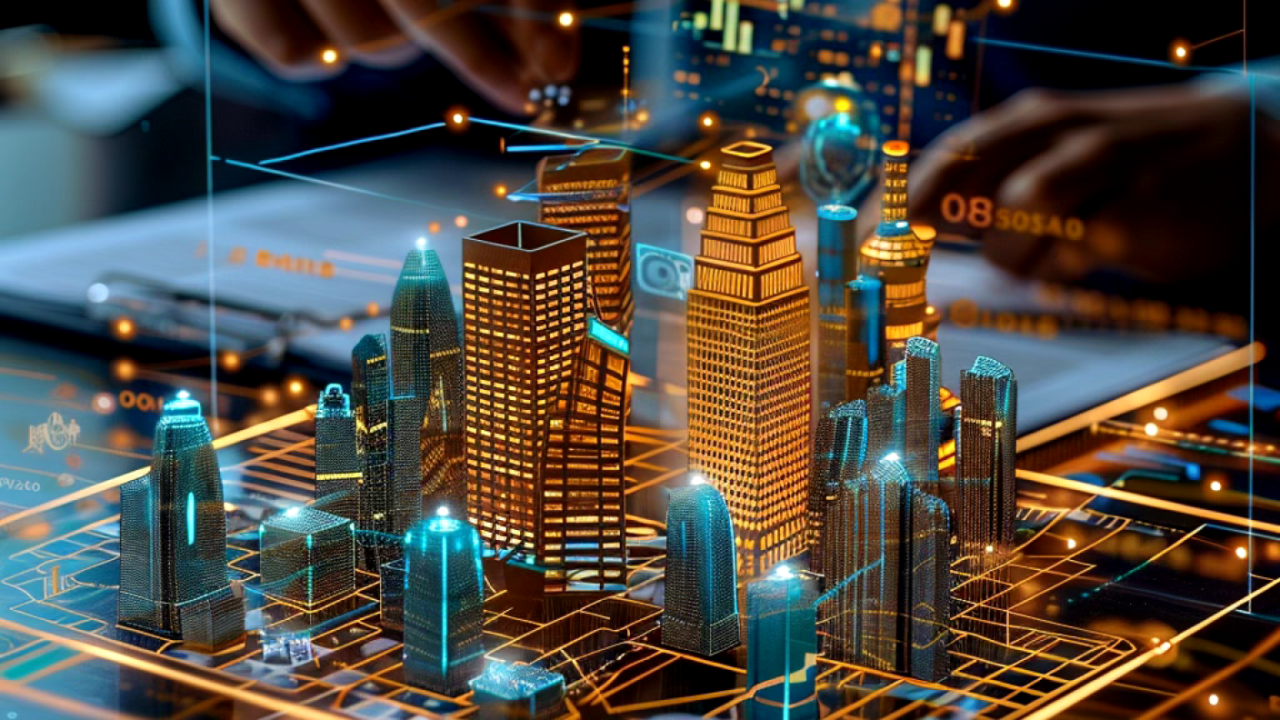In the quest to create smarter, more efficient cities, artificial intelligence (AI) is emerging as a transformative tool in urban planning. By leveraging advanced algorithms and data analytics, AI is helping city planners design and optimize urban environments in ways that were previously unimaginable. From skyscrapers to public spaces, AI is revolutionizing the way we build and manage our urban landscapes.

How AI Transforms Urban Planning
Data-Driven Design: AI uses vast amounts of data to analyze and predict urban growth patterns. By considering factors such as population density, traffic flow, and environmental impact, AI can suggest optimal locations for new buildings, infrastructure, and public amenities. This data-driven approach ensures that urban development is both sustainable and efficient.
Simulation and Modeling: AI-powered simulation tools allow urban planners to create virtual models of proposed developments. These models can simulate various scenarios, such as the impact of a new skyscraper on traffic congestion or the effect of green spaces on air quality. By testing different designs in a virtual environment, planners can identify the most effective solutions before breaking ground.
Resource Optimization: AI helps optimize the use of resources in urban planning. For example, it can analyze energy consumption patterns to design buildings that maximize energy efficiency. Additionally, AI can help plan efficient public transportation routes, reducing congestion and improving accessibility.
Adaptive and Responsive Planning: AI enables cities to adapt to changing conditions in real time. For instance, AI can monitor traffic patterns and adjust traffic signals dynamically to reduce congestion. Similarly, AI can manage public utilities, such as water and electricity, to respond to real-time demand and minimize waste.

Real-World Applications
Smart Skyscrapers: In major cities around the world, AI is being used to design smart skyscrapers that are not only architectural marvels but also models of sustainability. These buildings incorporate AI-driven systems to optimize energy use, manage waste, and enhance occupant comfort.
Efficient Transportation Networks: Cities like Singapore and Helsinki are using AI to develop smart transportation networks. AI analyzes data from sensors and cameras to optimize traffic flow, reduce travel times, and improve public transit efficiency.
Sustainable Urban Development: AI is helping cities like Copenhagen and Amsterdam achieve their sustainability goals. By analyzing environmental data, AI supports the creation of green spaces, energy-efficient buildings, and sustainable waste management systems.
The Future of AI in Urban Planning
As AI technology continues to advance, its potential applications in urban planning are expanding. Future cities will likely feature even more integrated AI systems, capable of managing everything from building construction to public safety. By continuing to embrace AI, urban planners can create cities that are not only more efficient and sustainable but also more livable for their residents.

Embracing AI for Better Urban Living
The integration of AI in urban planning is revolutionizing the way we design and manage our cities. By harnessing the power of data and advanced algorithms, AI enables smarter, more efficient urban environments. As we look to the future, AI will play an increasingly vital role in shaping the cities of tomorrow, ensuring they are sustainable, resilient, and optimized for the needs of their inhabitants.
By Stanislav Kondrashov



